Introduction
Why buy it?
Fresh styling
Refined engine
Likeable handling
Why avoid it?
Priced closer to larger rivals
Gets only basic features
Ever since the Pulsar 150’s introduction back in 2002, Bajaj has only updated it with minor cosmetic and mechanical updates. However, the Pulsar 150 had been too long in the tooth and an update was much needed, especially when you look at the current scenario of the 150-160cc segment. Thus, in came the brand-new Pulsar P150.
Now, we spent an entire day riding the bike in and around Pune. In the said course, the Pulsar P150 displayed various aspects that work in its favour and then some with room for improvement. Let’s see what this new and sporty Bajaj commuter has to offer.

The Visuals

Compared to its sibling, the P150 looks notably different. It’s sportier and muscular and boasts the angles that a younger buyer would fancy. It is also devoid of the visual bulk that its sibling has. At first glance, you’d see a little resemblance between P150 and the N160’s fascia. But on close inspection, it’s clear that the P150 gets a different and distinctive headlight. Then, the LED projector unit is topped by an LED DRL, unlike the N160’s brow-like structure.

The tank shrouds, sculpted fuel tank, sharp rear side panels, and split seat setup give the P150 an edge in terms of aesthetics. Even the contrasting paint scheme of red with the blacked-out parts adds a good touch to the package. The finishing, too, seems consistent when it comes to the welds and the plastic quality. The seat cover offers a decent grip and the rear grab rail seems sturdy enough. As for the seat cushion, it’s a little hard but works better when you spend long hours in the saddle.
The Package

The Pulsar P150 offers a very basic set of features. It only gets an LED illumination, a USB charging port, and a semi-digital instrument console. That said, the LCD screen’s readouts are neat and clean with good visibility even when the sunlight is directly above the console. Although the switches to toggle between the trip meter readings and settings need a good press, it doesn’t hinder the user experience, considering the frequency of use. The switch cube layout is also neat with all the buttons well within reach. Most of the switches have a reassuring click and you need not take your eyes off the road while operating any of them.

On the hardware front, the bike gets a 260mm front disc and a 230mm rear unit with single-channel ABS. And its suspension setup comprises telescopic front forks and a mono-shock at the rear. Since this is a twin-disc model, it gets a split seat and clip-on handlebars unlike the single-disc model’s single-piece seat and a tube-like handlebar.
Bajaj offers the twin disc variant with 17-inch alloys wrapped in 90/90 front and 110/80 rear MRF tyres. The same changes to 80/100 front and 100/90 rear tyres if you buy the single-disc version.
The Ride

The P150 draws power from a 149cc single-cylinder motor. It dishes out 14.5bhp at 8,500rpm and 13.5Nm at 6,000rpm. It’s mated to a five-speed gearbox and nestled in a new chassis. Bajaj says that this is a fully revamped motor with some aspects borrowed from its predecessor. From our time behind the P150’s bars, we found that the engine packs a decent punch, and the torque shows an upward surge from 3,500rpm to 8,500rpm. Even when the motor is in the higher rev range, it feels solid and makes for a good case of the P150’s linear power delivery. The speed increases gradually and you hit triple digits with a laid-back approach.
It offers enough tractability as well. We rode the bike in the fifth gear and let the revs drop as low as 3,500rpm. This was followed by gradual acceleration and the engine regained momentum with minor shuddering. In just a few seconds, the P150 was back at 7,500rpm and effortlessly cruised at around 85kmph with adequate power left for overtaking. The engine refinement levels are likeable and the P150 gets a bassy exhaust note as well. Not to mention, the gearbox too is smooth and can take aggressive upshifts and downshifts. Plus, the gear lever is placed in the right position and can be accessed with ease.

City riding on the Bajaj Pulsar P150 can be done in the third gear. Meanwhile, the fifth gear is suitable for highway riding. The P150 can sit at around 7,000rpm but post that, there are minor vibrations around the fuel tank. All in all, the P150’s motor packs the performance that would entice a younger buyer but without being intimidating.
Bajaj suggested that the real-world fuel efficiency for the P150 is about 49kmpl, but we can only confirm that when we get the bike for a road test review.

Lest we forget, dimension-wise, the P150 feels proportionate and well-balanced and the almost equal weight distribution at both ends is evident. It’s quite nimble and easy to move around. This Bajaj motorcycle feels pretty stable at high speeds and changes directions with vigour. It is fairly compact and you can switch lanes, or even filter through bumper-to-bumper traffic without a second guess. Then, the bike weighs just 141kg, so tipping in and out of corners is fun and doesn’t feel tiring.
The suspension setup also complements the bike’s character. The front forks are plush but the monoshock feels a little stiff when riding at slow speeds over bumps, bridge joints, or potholes. However, it becomes a tad sophisticated when you zoom past bad surfaces at slightly higher speeds. The springs didn't bottom out even once during our ride. The 165mm ground clearance seems adequate too, as the bottom didn't scrape once on any speed breaker. We rode over some gnarly potholes, invisible speed bumps, and undulations, but the P150 held its composure.

Now, the brakes on this bike are reliable. The front lever has good progression, feedback, and bite. It stops the bike quite predictably and you can squeeze the lever to its limit before the ABS intervenes. And since P150 gets single-channel ABS, the rear tends to lock if you have a heavy right foot. But before that happens, you get enough bite and can predict the locking without breaking a sweat. As for the tyres, we found them to have enough grip since the bike was ridden in dry conditions on both good roads as well as bad surfaces.
Conclusion
The Bajaj Pulsar P150 is well put-together and quite impressive as an individual offering. It borrows some of the traits from the older Pulsar, like good engine performance, braking, handling, and a youthful design. All of this could make it a good first purchase for buyers looking for something fresh and new in the 150cc segment.

The asking price for the dual disc model of P150 is Rs 1,19,757 (ex-showroom Delhi). When compared to the prices of the TVS Apache RTR 160 2V or the Hero Xtreme 160R, you pay just Rs 2,000 more and get a larger motor, more power, and more features than the Pulsar P150.
That said, if you are looking for a distinctive 150cc commuter from a trusted brand, then the P150 definitely makes for a good purchase. Especially when you consider the characteristics it has carried over from the Pulsar 150 paired with the new design cues and the overall package that this Bajaj offers.
Photography by Kaustubh Gandhi
Gallery
1/13
Bajaj Pulsar P150 Ignition Switch
Double Tap to Zoom
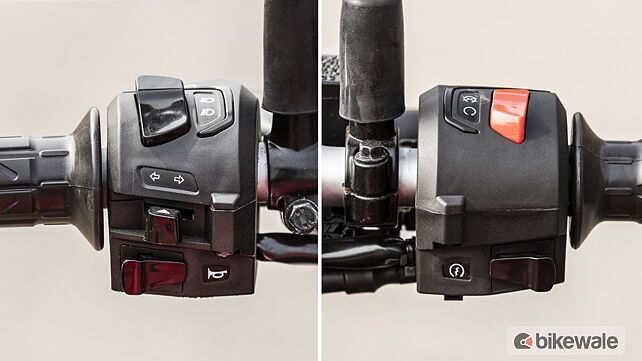













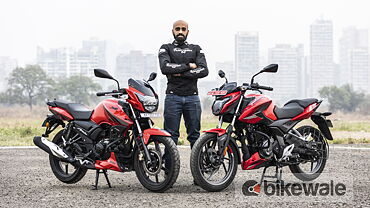
















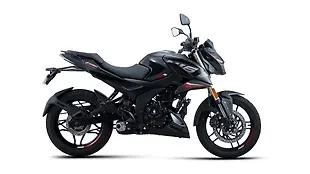
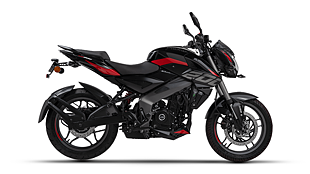
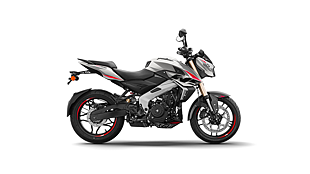





![KTM 390 Adventure X [2025] KTM 390 Adventure X [2025]](https://imgd.aeplcdn.com/272x153/n/cw/ec/190885/390-adventure-x-2025-right-side-view.jpeg?isig=0&q=80)